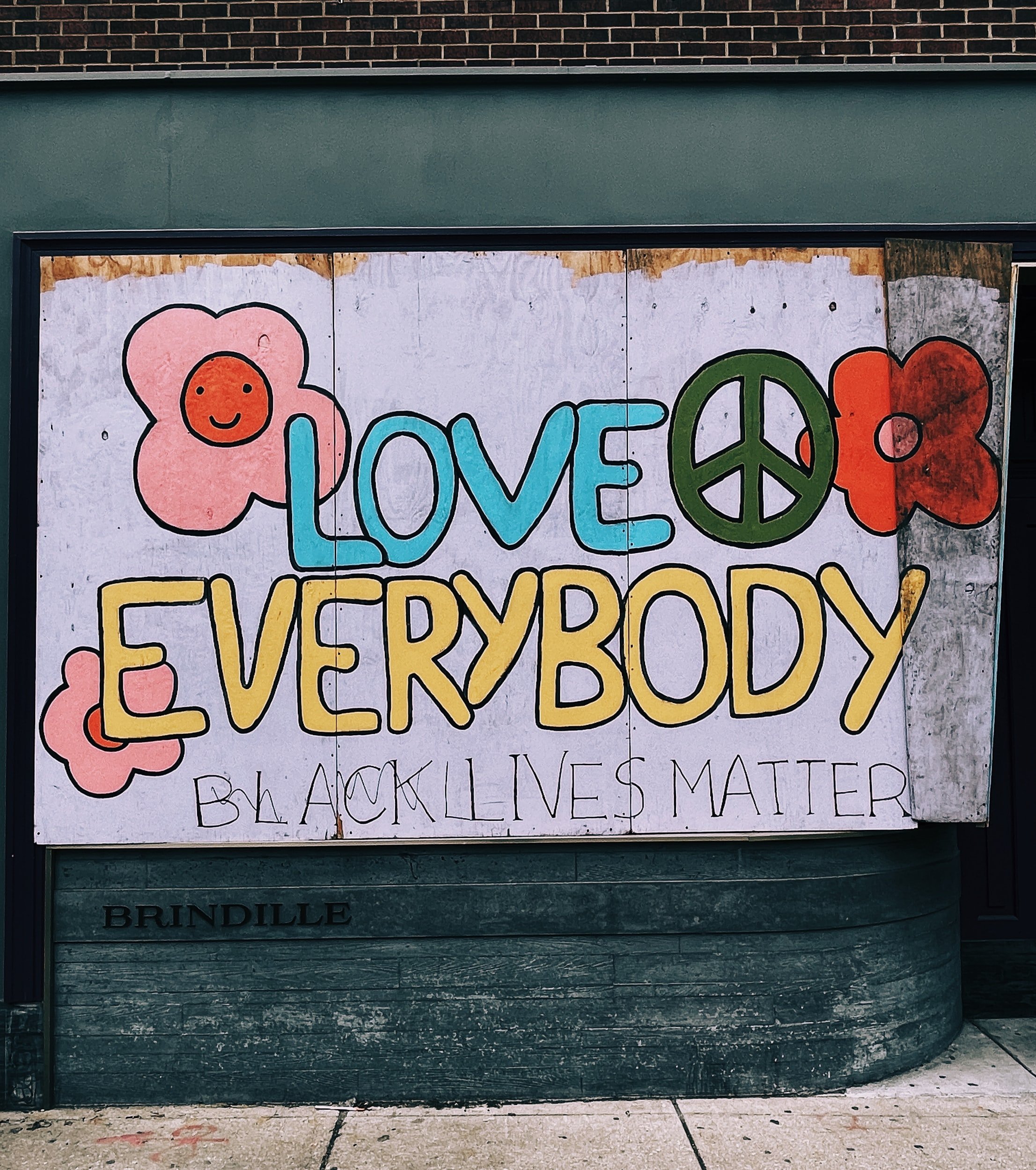The Myth of Medusa: Facing the Unbearable
Deep in the shadows of ancient Greece, Medusa’s eyes turned men to stone. A monstrous figure with snakes for hair, she was feared, avoided, and ultimately hunted.
But Medusa was not always a monster.
Before she became a creature of nightmares, she was a maiden wronged—violated in Athena’s temple and cursed by the goddess to bear the very terror that had been inflicted upon her. She was a trauma survivor who was punished, as we often see reflected in our own systems.
When the hero Perseus set out to slay Medusa, he didn’t confront her head-on. He couldn’t meet her gaze directly without being destroyed. Instead, he used Athena’s polished shield as a mirror, allowing him to see her reflection and strike without being petrified.
But this myth isn’t just about heroism; it is about wisdom.
Medusa represents trauma—our personal wounds and the collective pain of the world.
If we look too directly, too soon, we risk becoming overwhelmed, frozen. But if we refuse to look at all, we remain trapped in fear.
Trauma expert (and my teacher) Dr. Peter Levine suggests that Medusa’s myth teaches us how to approach our pain wisely. Healing requires learning when to face the wound and when to look away, when to engage and when to resource ourselves. In a time when political rights are being dismantled, when climate crises threaten our future, when collective grief and uncertainty feel unbearable, this wisdom is more relevant than ever.
Here are three key strategies from Medusa’s myth—and from the somatic healing traditions—that can guide us through personal and collective trauma.
Three Mythic Strategies That Can Guide Us Through Personal and Collective Trauma
1. Cultivate Boundaries: The Shield of Athena
Just as Perseus used Athena’s shield to create a protective boundary between himself and Medusa, we must cultivate boundaries when engaging with painful realities.
In trauma healing, boundaries allow us to engage without becoming overwhelmed. Without them, we risk emotional flooding or burnout. Boundaries are not about avoidance; they are about creating the right distance so that we can take in what we need to without being consumed.
Personal Reflection: How can you create space between yourself and distressing news without becoming numb? What practices help you engage with challenges while maintaining inner stability?
Collective Insight: In times of political and ecological crisis, boundaries help us stay engaged in activism without collapsing into despair. We cannot fight for a better world if we are too overwhelmed to act.
2. Use Your Resources: The Gifts of the Gods
Perseus didn’t face Medusa alone.
He was given support —a mirrored shield, a sword, winged sandals, and a helmet of invisibility. These resources were essential for his success. They are an essential part of the story and are often forgotten by a culture that loves to worship a single actor.
Yet none of us is ever truly alone. Especially when we accomplish great feats.
In trauma healing, resources are what ground and sustain us: breath, movement, community, nature, ritual, and joy. Just as Perseus needed his divine gifts, we need to gather and honor what supports us.
Personal Reflection: What are your internal and external resources? Which practices—whether it’s time in nature, deep breaths, music, or connection—help you feel strong and supported?
Collective Insight: Amidst the unraveling of rights and environmental destruction, we must resource ourselves to keep going. Movements for justice do not survive on outrage alone; they need song, laughter, rest, pleasure, joy and community care.
3. Titrate: metabolizing Pain in Small Doses
If Perseus had looked directly at Medusa all at once, he would have been destroyed. Instead, he glimpsed at her reflection in small, manageable doses. This is the essence of titration in trauma healing.
Titration means engaging with our pain gradually rather than all at once. In Somatic Experiencing, we don’t dive into the deepest wound immediately; we pendulate between pain and safety, distress and relief. This approach allows us to process trauma without re-traumatizing ourselves.
Personal Reflection: Are you diving too deep into your pain all at once? How can you take breaks, allowing your system to integrate rather than collapse?
Collective Insight: We cannot look away forever from the injustices and crises of the world—but neither can we face them 24/7 without breaking. We need cycles of engagement and rest.
Healing and Action: When to Look, When to Turn Away
The wisdom of Medusa’s myth reminds us: we must look at the hard things, but we must also look wisely.
There are times to confront our wounds and times to step back and gather strength. There are moments to fight for justice and moments to turn toward joy, love, and replenishment.
That’s why I created Myth and Meaning: A Retreat in Greece—to offer a space where we can engage with our personal and collective myths in a way that heals rather than overwhelms. Through somatic practices, mythology, and deep connection — plus delicious Greek food, a magical ecotourism farm off the beaten path, ancient ruins, the sparkling sea and more — we will explore when to look, when to turn away, and how to navigate these times with resilience and wisdom.
Join me this September as we step onto the land where these myths were born and allow them to guide us home—to ourselves, to each other, and to a world we are ready to see, hold, and transform.
Registration for “Myth and Meaning: A Retreat in Greece” August 31 - September 7, 2025 is now open for a limited time. Get the details and join us.














